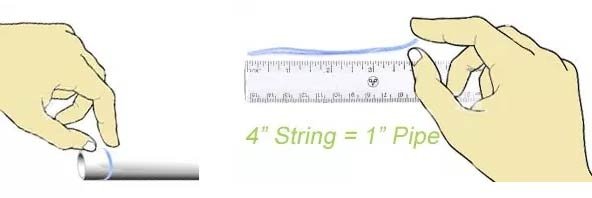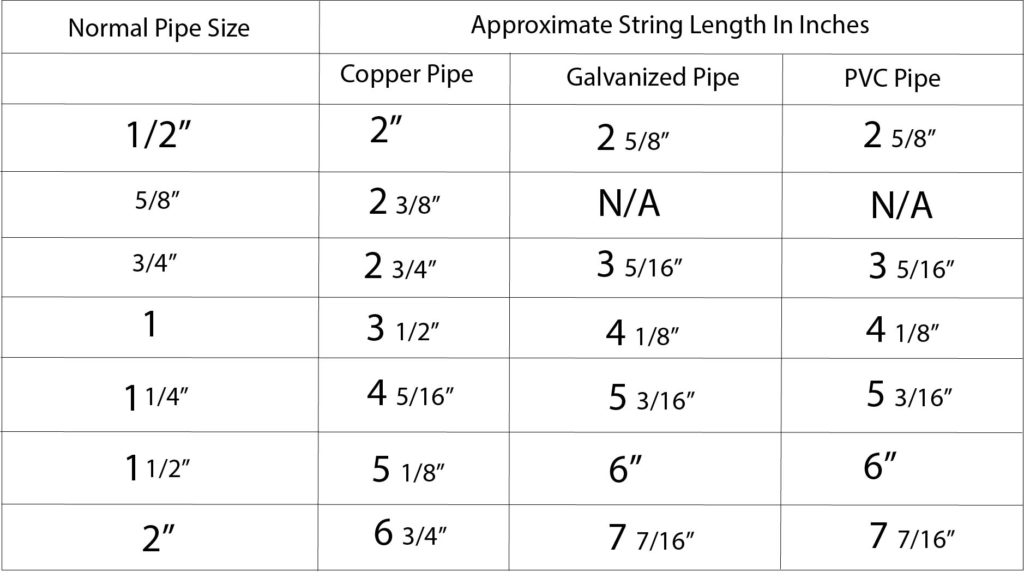Determining Water Meter & Supply Line Size
This article explains how to identify the size of the water meter and supply line. A critical step in designing an efficient irrigation system is determining how much water you have available, its flow and pressure. Start at the meter. It is usually near the curb buried in a meter box.
Find The Meter’s Size
To find the meter’s size first look at the dial. Many meters have their size located directly below the gallon count. Sometimes it is stamped on the metal below the dial face. It will be something like ¾” or 1”, in most residential cases. Sometimes it’s not there or so dirty you can’t find it. In that case you have two choices. The easiest might be to simply call your water company and ask. They’ll have it on record. The other option, which is far from accurate but is safe for design, is to determine the size of the pipe leaving the meter and assume the meter is one size smaller. It is fairly common for the meter to be one size smaller than the feed pipe to the house. Typical water meter sizes are: 5/8″, 3/4″, 1″, 1 1/2″.
Can’t Read The Pipe Size?
If you can’t read the pipe size on the pipe leaving the meter, don’t worry. DON’T GUESS. Also, don’t lay a ruler across it and use that measurement. If you have PVC you might be lucky enough to see the size printed on the pipe. If not, or if it’s not PVC, we have to measure. First, find a piece of string. After that, wrap the string around the pipe and mark the point where the string crosses. The length between the marks gives you the pipe size.

Pipe Size Conversion Chart- Normal Pipe Size To Circumference:

Know Your Pipe Type
Above all, it is important to know what your pipe is made of. PVC tends to be white or grey (usually white), sometimes with lettering on the side and is plastic.. Steel grey and is magnetic, so that’s a quick test if there is any doubt. Copper will turn to a dirty green color over time and is not magnetic. Its connections will be soldered, so if you see silver at the joints you have copper.
You may have what is commonly known as “flex” tubing. It can be either PEX or PE Tube. Pex is the stronger of the two and would usually be the one used for supply lines. It is white, might have PEX on the side. If there is any doubt then take a section to your supply house to see what you have and what fittings fit. Now that you know what size meter you have we need to determine flow.
























